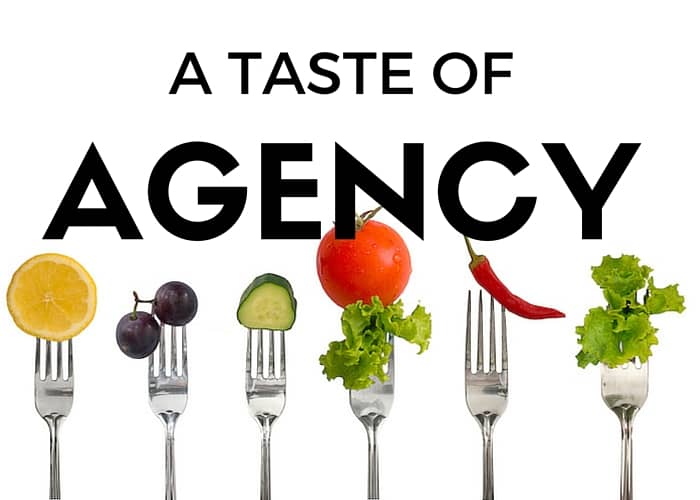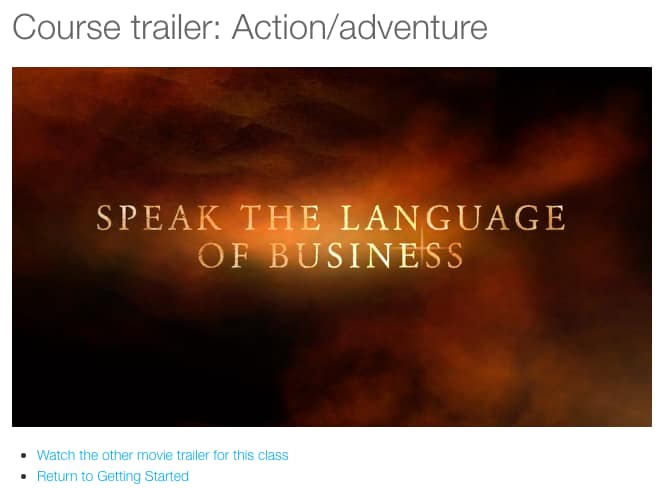
I didn't formally know what agency was when I started teaching, yet somehow found ways to foster it in some aspects of my pedagogy. I also failed at it in other ways.
In my first couple of years teaching Introduction to Business, I let students choose from a set of “development opportunities” to learn more about business and demonstrate learning. More recently, I have been teaching a business ethics course using what I've informally started referring to on this blog as ‘Choose Your Own Adventure Assessment.' There's a podcast episode about this approach, in addition to a two-part blog post (part 1, part 2).
Agency isn't only about giving learners choice, but that is the aspect that I'm touching on with this post. If you want more of a holistic appreciation for what is involved with agency, look no further than Larry Ferlazzo's site. While his resources speak to high school teachers, there is much to glean from his student agency collection for higher education. There's also a wonderful description of how agency fits in with critical digital pedagogy from Jesse Stommel.
First impressions
When students walk into a class of mine on the first day, I like to set the stage that something is going to be different about this class. I have historically found it harder to do an effective job at that with online classes (or, the online portion of a hybrid course), because I think I have valued consistency over the power of the unexpected.
Our university is switching learning management systems (LMSs) this summer: from Moodle to Canvas. The change has challenged me to rethink my course design. As I've learned more about Canvas and started to experiment a bit, I have found a way to create a way of giving choice to learners from the very beginning of the online portion of the class.
Choose your movie trailer
I've written before about being inspired to make a movie trailer for my classes. I finally took action and wound up creating two different course trailers. I circulated them on the Teaching in Higher Ed Slack channel and among some friends at work, asking which one people preferred.
One person suggested, “Give them a choice. Let them watch the one they would rather watch, or let them see both.” And so…
Workflow
Students taking my Introduction to Business course will now start with an instruction to click on whatever tv show / movie they would rather watch. Below is just a screenshot of what they will see and isn't formatted to work on this particular blog post.

Trailers
Then, if students choose one of the more action-oriented options, they will be shown this page, on which they can view the action-themed trailer.

Those who watched the action-themed trailer can then either watch the romantic comedy-themed trailer, or return back to the getting started section of the course.
Of course, the same approach happens if students choose a romantic comedy genre of entertainment. They get a similar-but-different movie trailer.
You can click on the graphics of each of the trailers (action and romantic) and see the videos that my students will see, if you're interested.
Next steps
The next logical step after this might be to have students create their own course trailers to demonstrate what they learned by taking the class. Then, I could use some of those in future courses and have an even bigger collection of potential trailers for the students to navigate to…
What are some small steps you take in the beginning of your online courses to give students agency?





